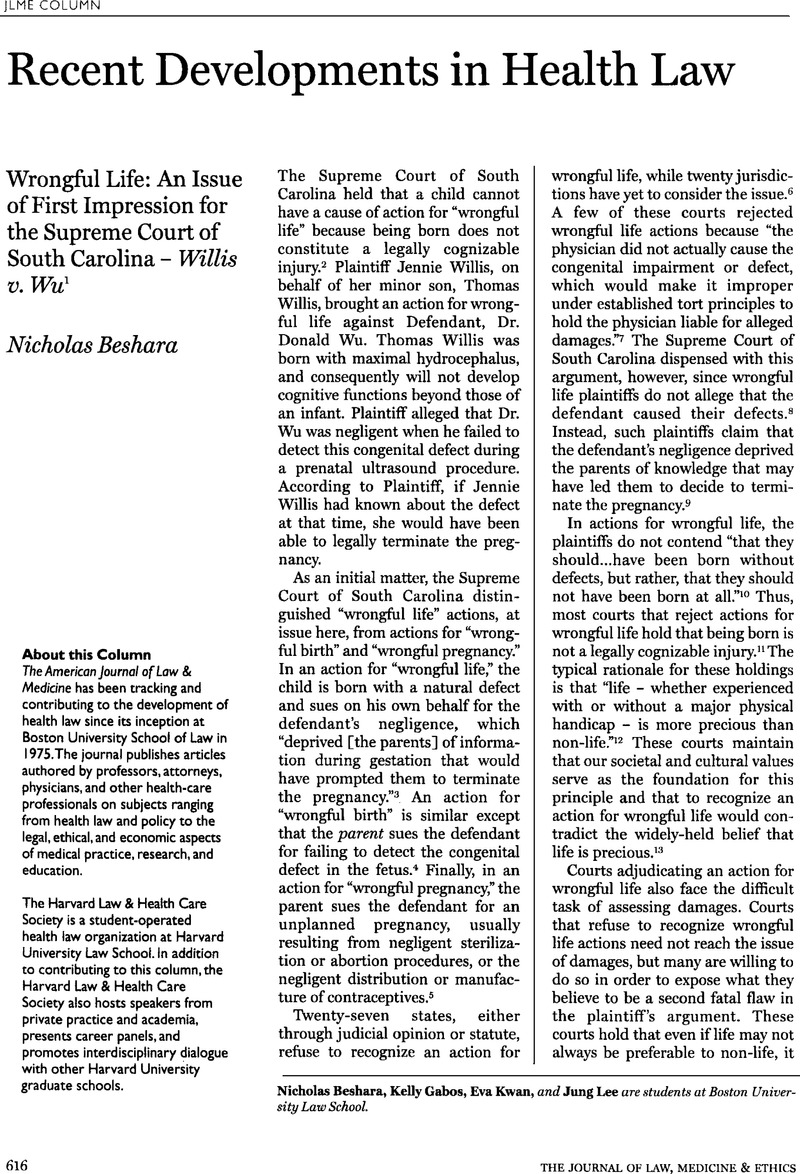See
Woodruff, 389 F.3d at 1127; See also
Bird, 949 F.2d at 1085 (stating that the professional responsibilities of physicians are distinguished as being reserved from outside control or supervision, regardless of their status as employees or independent contractors);
Miller,
1990 U.S. Dist. LEXIS 14722 at *11 (stating that the roles of physician and nurse are distinguished, with physicians exercising medical judgment and nurses assisting in administration of the medical judgment).
Google Scholar